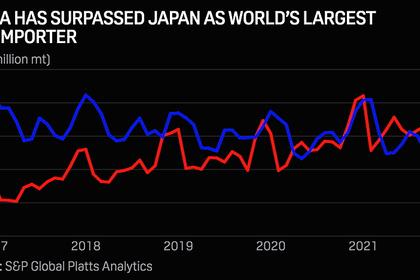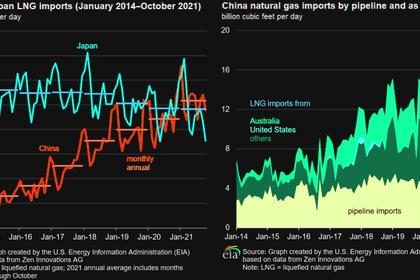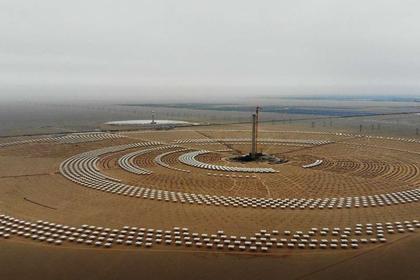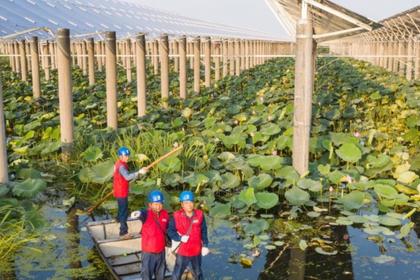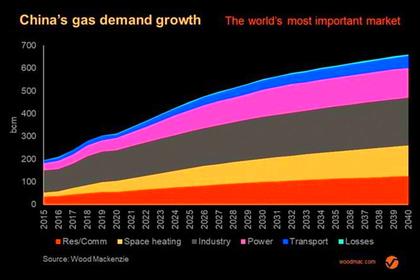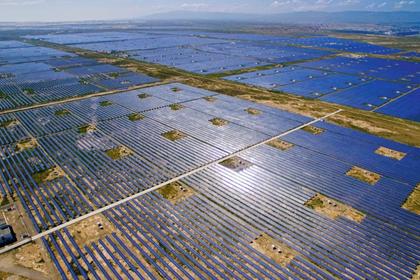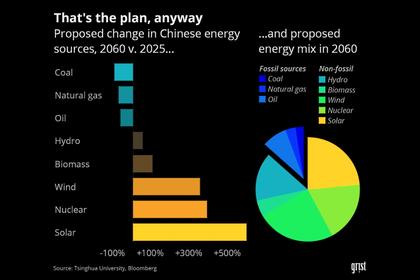
CHINA RENEWABLES LEADERSHIP
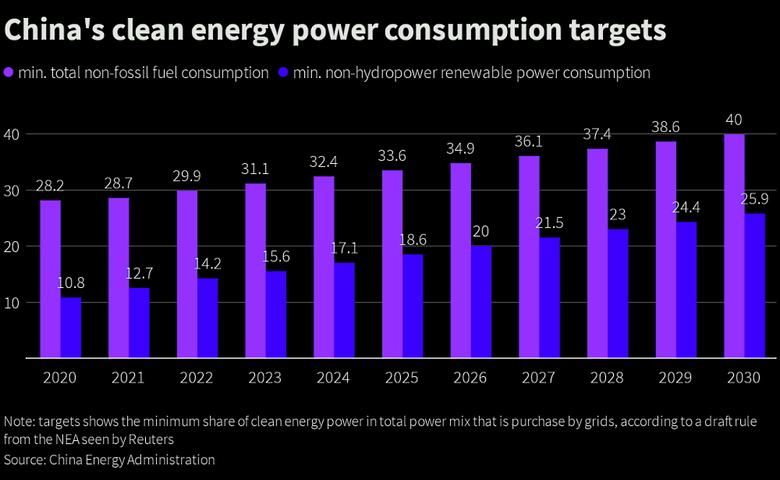
SCMP - 2 Jan, 2022 - China will continue to be the global leader in renewable energy capacity growth over the next five years, despite phasing out renewable subsidies and the country’s heavy reliance on coal, which will remain unchanged in 2022, according to analysts.
The global renewable energy sector saw strong growth in the past two years, with new generation capacity reaching nearly 280 gigawatts (GW) in 2020, about 45 per cent more than in 2019, marking the highest year-on-year increase since 1999, according to the International Energy Agency (IEA).
Driven by stronger policy support and ambitious climate targets announced during the COP26 climate talks in November, global renewable electricity capacity is forecast to increase by more than 60 per cent between 2020 and 2026, reaching more than 4,800GW. The addition of exceptionally high capacity will become the “new normal” in 2022, with renewables accounting for 90 per cent of new power capacity expansion, according to IEA.
Development of photovoltaic solar technology will also continue to break records, with annual additions reaching 162GW by 2022 – almost 50 per cent higher than the pre-pandemic growth of 2019.
However, additional wind capacity will slow in 2022, according to the IEA, after increasing more than 90 per cent in 2020 to reach 114GW. It will still be 50 per cent higher than growth from 2017 to 2019, though.
For several years, China has been at the centre of global supply and demand for renewable energy, leading it to account for about 40 per cent of capacity growth from 2015 to 2020. It was followed by Europe, the US and India. The four markets together accounted for 80 per cent of global capacity growth for the period, and are projected to increase that hold to 87 per cent between 2021 and 2026.
China’s share jumped 50 per cent for the first time in 2020 amid a rush to finish projects before government subsidies were phased out.
After exceptional expansion over the past two years, this rapid growth in China is expected to decelerate in 2022. Still, the country is expected to remain the industry leader over the next five years, accounting for 43 per cent of global renewable capacity growth, according to the IEA.
“To fulfil China’s carbon peak and neutrality pledge, the biggest state-owned utilities have all made pledges to invest heavily in solar and wind in the 14th five-year plan period, so economic incentive is not the key deciding factor,” said Qin Yan, lead carbon analyst at data provider Refinitiv.
The People’s Bank of China (PBOC), the country’s central bank, introduced in November a new lending facility to offer cheap funding to banks to subsidise lending to green projects, which include those involving renewable energy, energy-saving, and carbon reduction technologies.
PBOC Governor Yi Gang said in an interview this month with state media Xinhua News Agency that the first batch of funds will be issued to banks by the end of 2021.
Climate experts are optimistic about the outlook of the renewable energy sector in 2022, with wind and solar capacity buildout maintaining strong momentum despite the subsidies phase-out.
“We’ll still see relatively rapid expansions [in the renewables sector] in 2022,” said Lin Boqiang, dean of Xiamen University’s China Institute for Studies in Energy Policy. “The current shares of solar and wind are still very small, so renewable capacity expansion will remain a key focus in 2022.”
China’s total renewable energy capacity exceeded 1,000GW in 2021, according to the National Energy Administration, accounting for 43.5 per cent of the country’s total power generation capacity, 10.2 percentage points higher than in 2015.
China also had more capacity for hydropower, wind, solar and biomass in 2020 than any other country, at 385GW, 299GW, 282GW and 35.34GW, respectively.
According to China’s policy framework for achieving peak carbon emissions and carbon neutrality published by the State Council in October, the country aims to have 80 per cent of its total energy mix come from non-fossil fuel sources by 2060, and achieve a combined 1,200GW of solar and wind capacity by 2030.
“On a cost basis, new-built renewable energy is definitely competitive with coal in many provinces, even with the requirements for storage adding to capital expenditure,” said David Fishman, a manager at power sector consultancy The Lantau Group. “This was true even last year with lower coal prices, and is definitely true now with the high coal prices.”
For now, China continues to rely heavily on coal for power generation, making it the world’s largest emitter of greenhouse gases. The country has faced severe power shortages since September resulting from a coal shortage and inflexible electricity prices. The central government has ordered power companies to secure winter power at any cost.
Coal is expected to remain the mainstay power source in China to maintain energy security, government officials said at the central economic work conference in Beijing in December. Zhang Xiaoqiang, a former senior official with the National Development and Reform Commission, underscored the role of coal at the meeting. Even if China reached its carbon peak in 2030, he said, thermal power generation would still make up 60 per cent of national capacity.
The meeting also reiterated the importance of developing renewable energy. The government concluded that it should accelerate the adoption of renewable energy and promote wind and solar power.
State-owned companies, under pressure to transition from fossil fuels and meet renewable energy targets, will be the main drivers of renewable capacity growth in 2022, according to Xiamen University’s Lin.
Energy regulations will continue to play a role in this, as well, according to Refinitiv’s Qin. The “green certificate” trading scheme, launched by the National Development and Reform Commission in 2017, incentivises the use of renewables with regional minimum renewable power consumption targets. It requires polluters that do not meet certain thresholds to buy certificates from qualified renewable power plants.
The scheme requires more than 100GW of additional wind and solar capacity per year to meet a 2030 target of 25 per cent of capacity coming from non-fossil fuel sources, according to Lauri Myllyvirta, lead analyst at the Helsinki-based Centre for Research on Energy and Clean Air.
“The economic priorities of stabilising growth, which likely means more generous lending for new projects, as well as the carbon neutrality policies, will also support clean energy,” he said.
Analysts at Haitong Securities projected that China could see around 75GW of new solar capacity in 2022. The China Photovoltaic Industry Association also projected 75GW of newly added solar capacity this year.
“Renewable volumes are already sold out for 2022, thanks to strong demand from industrial users with ESG needs.” said Fishman. “So I think we’ll see builders becoming quite active in 2022, once the winter heating season ends and coal prices return to some longer-term baseline.”
-----
Earlier:
